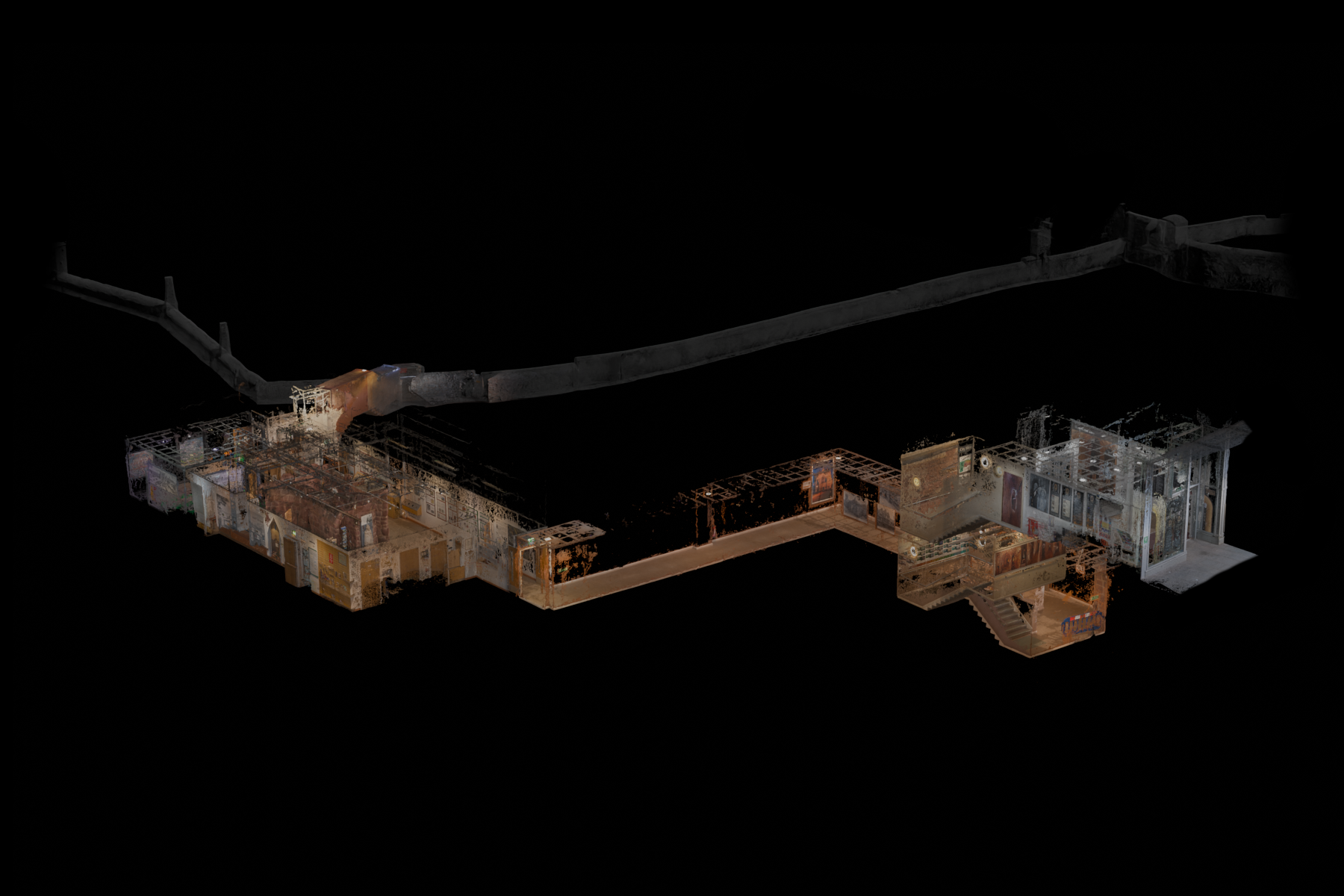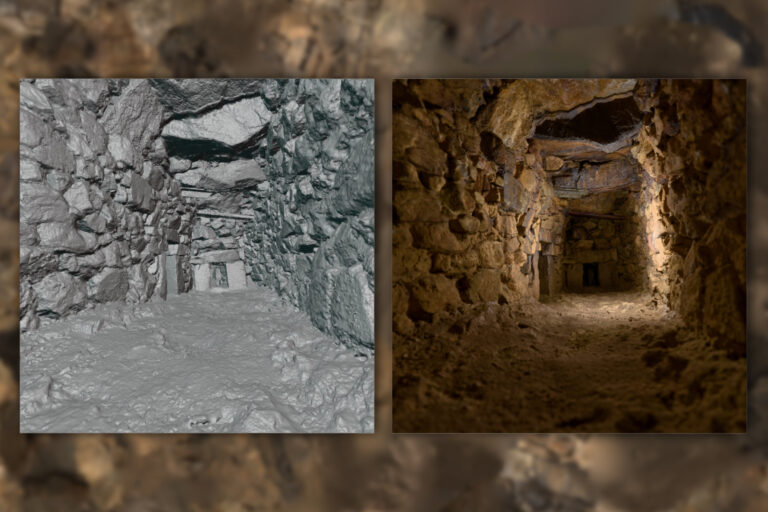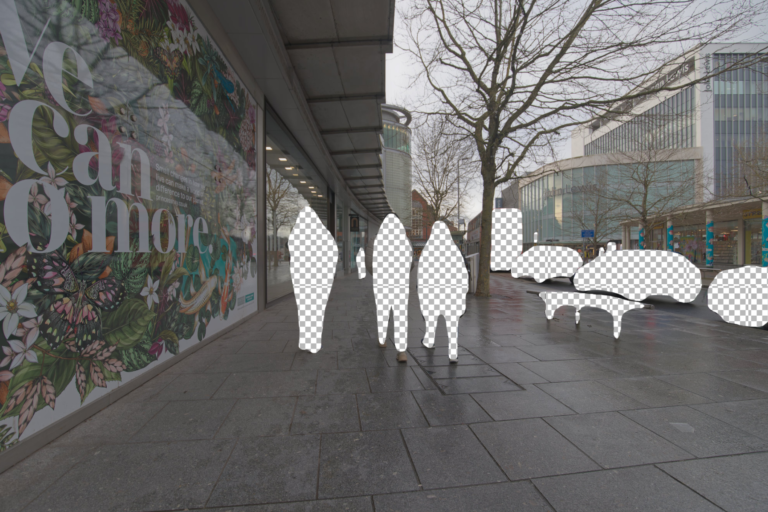Photogrammetry of the Heritage Centre and Roman Gate
Introduction
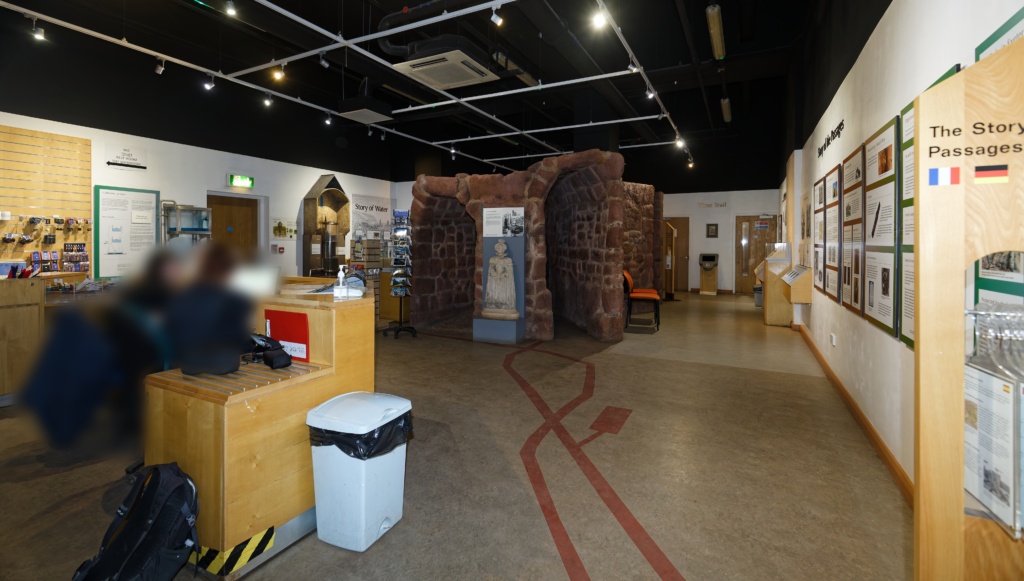
Beneath Exeter lies a hidden network of medieval underground passages, offering valuable insight into the city’s historical development. As part of an ongoing 3D scanning and documentation project, I have focused on two key surface connections:
- The Heritage Centre, which serves as the modern entrance and museum.
- The Roman Gate, an older entrance that once provided access to the subterranean tunnels.
While these are not the only surface connections to the underground passages, they are the most accessible for scanning at this stage. Future efforts may expand to include additional entry points, helping to build a comprehensive digital reconstruction of Exeter’s underground heritage. By scanning these sites, the aim is to spatially and visually integrate the underground passages with the modern streetscape, providing a clearer understanding of their alignment with the present-day city. I do this with photogrammetry as more sophisticated methods are not available and feasible for me at the moment.
Method
To ensure a high level of accuracy, photogrammetry was used to capture hundreds of high-resolution images of both entrances, as well as small parts of the street and underground passages itself. This method allows for the creation of detailed 3D models that document the architectural features of these sites.

One of the primary challenges in this process was dealing with moving elements and privacy-sensitive objects. These included pedestrians, reflective surfaces such as mirrors, screens displaying changing content, and moving artificial lights that created inconsistent patterns on the wall.
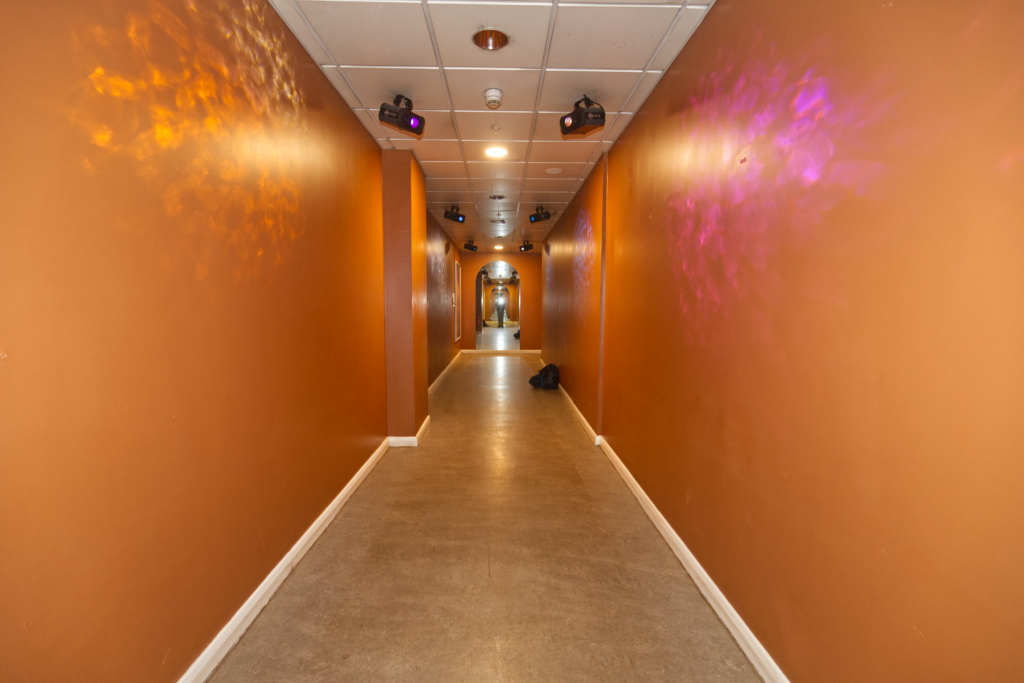
To maintain the integrity of the final 3D reconstructions, these elements were manually masked out during the processing phase. This step was essential to ensure that the models accurately reflect the structural details without sensitive content that may appear in a texture or moving features that may confuse the alignment process while doing photogrammetry.
Conclusion
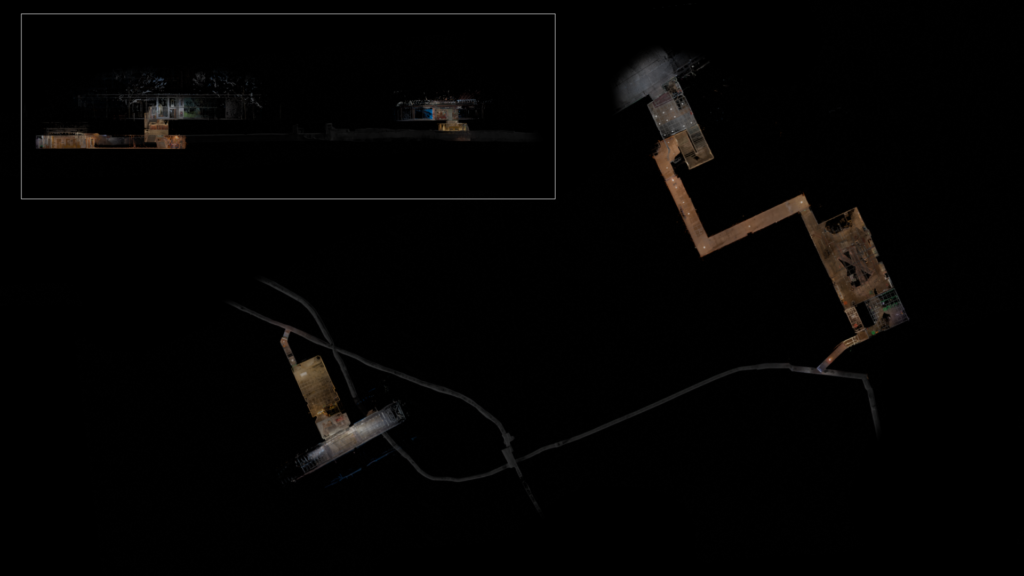
By digitally scanning the Heritage Centre and Roman Gate, this project seeks to bridge Exeter’s underground and surface heritage, making it possible to visualize how these spaces connect to the modern streetscape. These reconstructions provide a foundation for further research and public engagement, helping to contextualize the city’s hidden architectural history.
